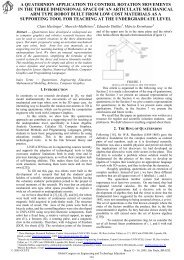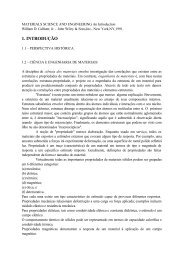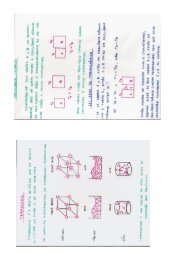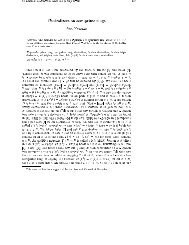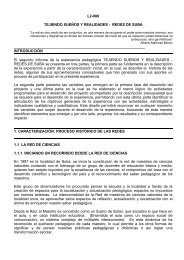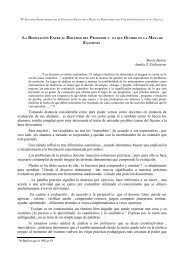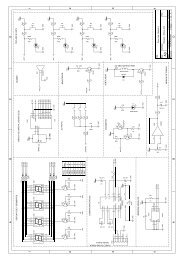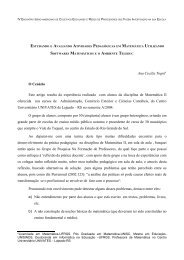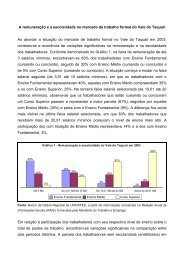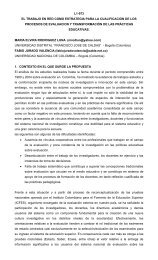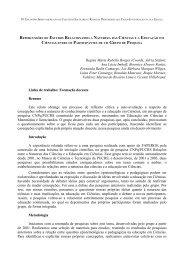Centralizers on prime and semiprime rings
Centralizers on prime and semiprime rings
Centralizers on prime and semiprime rings
You also want an ePaper? Increase the reach of your titles
YUMPU automatically turns print PDFs into web optimized ePapers that Google loves.
<str<strong>on</strong>g>Centralizers</str<strong>on</strong>g> <strong>on</strong> <strong>prime</strong> <strong>and</strong> semi<strong>prime</strong> <strong>rings</strong> 235<br />
Thus we have the relati<strong>on</strong> S(x)y[S(x);T(x)] + S(x) 2 [y; T(x)]+<br />
S(x)T (x)[S(x);y] = 0 which can be written in the form S(x)y[S(x);T(x)] +<br />
S(x) 2 yT(x) , S(x)T (x)yS(x)+S(x)[T (x);S(x)]y = 0 whence it follows<br />
(15) S(x)y[S(x);T(x)] + S(x) 2 yT(x) , S(x)T (x)yS(x) =0<br />
according to (12). Left multiplicati<strong>on</strong> of (15) by T (x) gives<br />
(16) T (x)S(x)y[S(x);T(x)] + T (x)S(x) 2 yT(x) , T (x)S(x)T (x)yS(x) =0:<br />
The substituti<strong>on</strong> T (x)y for y in (15) gives<br />
(17) S(x)T (x)y[S(x);T(x)] + S(x) 2 T (x)yT(x) , S(x)T (x) 2 yS(x) =0:<br />
From (16) <strong>and</strong> (17) <strong>on</strong>e obtains<br />
0=[S(x);T(x)]y[S(x);T(x)] + [S(x) 2 ;T(x)]yT(x)+[T (x);S(x)]T (x)yS(x) =<br />
[S(x);T(x)]y[S(x);T(x)] + ([S(x);T(x)]S(x)+S(x)[S(x);T(x)])yT(x)+<br />
which reduces to<br />
[T (x);S(x)]T (x)yS(x)<br />
(18) [S(x);T(x)]y[S(x);T(x)] + [T (x);S(x)]T (x)yS(x) =0:<br />
The substituti<strong>on</strong> yS(x)z for y in (18) gives<br />
(19) [S(x);T(x)]yS(x)z[S(x);T(x)] + [T (x);S(x)]T (x)yS(x)zS(x) =0:<br />
On the other h<strong>and</strong>, right multiplicati<strong>on</strong> of (18) by zS(x) leads to<br />
(20) [S(x);T(x)]y[S(x);T(x)]zS(x)+[T (x);S(x)]T (x)yS(x)zS(x) =0:<br />
From (19) <strong>and</strong> (20) we obtain<br />
(21) [S(x);T(x)]yA(x; z) =0;<br />
where A(x; z) st<strong>and</strong>s for [S(x);T(x)]zS(x) , S(x)z[S(x);T(x)]. The substituti<strong>on</strong><br />
zS(x)y for y in (21) gives<br />
(22) [S(x);T(x)]zS(x)yA(x; z) =0:<br />
Left multiplicati<strong>on</strong> of (21) by S(x)z leads to<br />
(23) S(x)z[S(x);T(x)]yA(x; z) =0:



